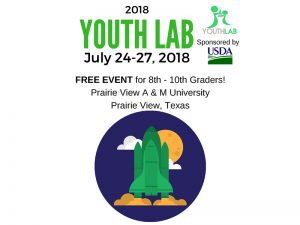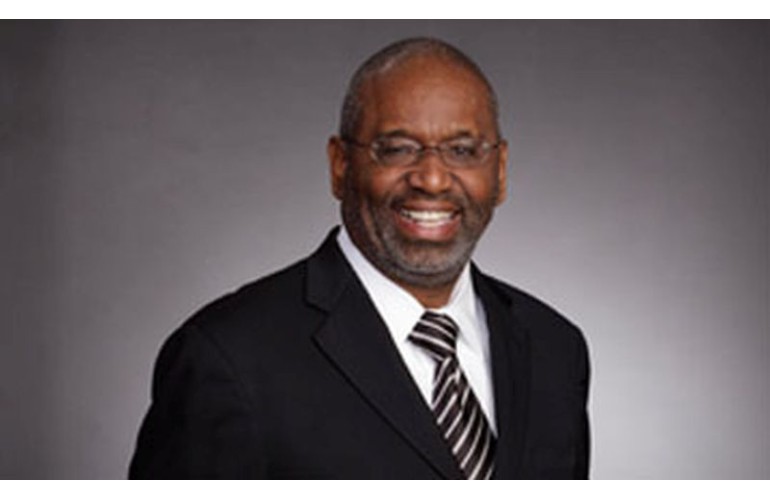 Subscribe
Subscribe- Login
-
/
Sign Up
- US Black Engineer
- >>
- News
- >>
- Agricultural Research and Community Service at Prairie View
|
Getting your Trinity Audio player ready...
|
 On August 14, Prairie View A&M University marked 142 years as the “Agricultural and Mechanical College of Texas for Colored Youths.”
On August 14, Prairie View A&M University marked 142 years as the “Agricultural and Mechanical College of Texas for Colored Youths.”
Eleven years after Prairie View was set up more than a hundred and forty years ago, the university was established as a branch of the Agricultural Experiment Station and as a Land Grant College in 1890.
“Thus began the tradition of agricultural research and community service, which continues today,” said Dr. George Wright in a 2015 Congressional Testimony.
Wright stepped down as President of Prairie View A&M in June 2017 and returned to teaching history full-time. During his 14-year tenure, Prairie View A&M’s enrollment grew from 6,500 to 9,000.
In this article, we revisit Dr. Wright’s landmark history of Prairie View A&M as a Land-Grant University, and how it is using the agricultural extension in innovative ways.
With the State of Texas having the largest number of farms, Prairie View A&M University receives big funding from the Department of Agriculture (USDA) for research and outreach by its College of Agriculture and Human Sciences.
Prairie View A&M’s agricultural program prepares students to enter careers in the human sciences, animal, crop and the environmental sciences, and agricultural and resource economics.
Prairie View’s 4-H Youth Development Program
Since 2012, Prairie View’s 4-H Youth Development Program has reached 181,000 people through programs focused on increasing awareness of opportunities in science, technology, engineering, agriculture, and mathematics.
4-H is run by USDA’s National Institute of Food and Agriculture or NIFA. The educational program is delivered by Cooperative Extension—a community of more than 100 public universities that provide experiences where young people learn by doing.
NIFA supports land-grant universities like Prairie View A&M and their Cooperative Extension System (CES) office to connect farmers, ranchers, and communities with federal research and changing technology as they improve food safety and protect the environment.
Youth Leadership Laboratory
 To kick off the 2018 Youth Leadership Laboratory, Johnson Space Center’s new Deputy Director Vanessa E. Wyche addressed Texas’ teenage community at Prairie View A&M University in July.
To kick off the 2018 Youth Leadership Laboratory, Johnson Space Center’s new Deputy Director Vanessa E. Wyche addressed Texas’ teenage community at Prairie View A&M University in July.
Wyche assists in leading an organization of nearly 10,000 employees and assists with a range of human spaceflight activities.
“Designed to introduce young people to STEM careers in agriculture, the Youth Leadership Laboratory wanted to emphasize the engineering component,” said Joaquina Scott Kankam, an extension program specialist with the Cooperative Extension Program, 4-H and Youth Development.
Wyche spoke to participants about her career path that led her to become the first African American Deputy Director of NASA’s Johnson Space Center in Houston, Texas. She also addressed the importance of STEM in her career and her role as the director of the Exploration Integration and Science Directorate at Johnson Space Center.
“This pre-college outreach program attempted to ‘go where we have never gone before’ by making the educational focus space science and the STEM careers related to space exploration,” Kankam said.
Every year thousands of young people take part in the 4-H National Science Challenge to explore real-life global challenges and participate in youth citizen science materials.
Prairie View A&M faculty are actively engaged in research that increase the shelf life of dairy products, protect fruits against sun rays, and remove allergens from peanuts. Over the past 17 years, agricultural researchers at Prairie View have won nine patents in food and plant sciences.

